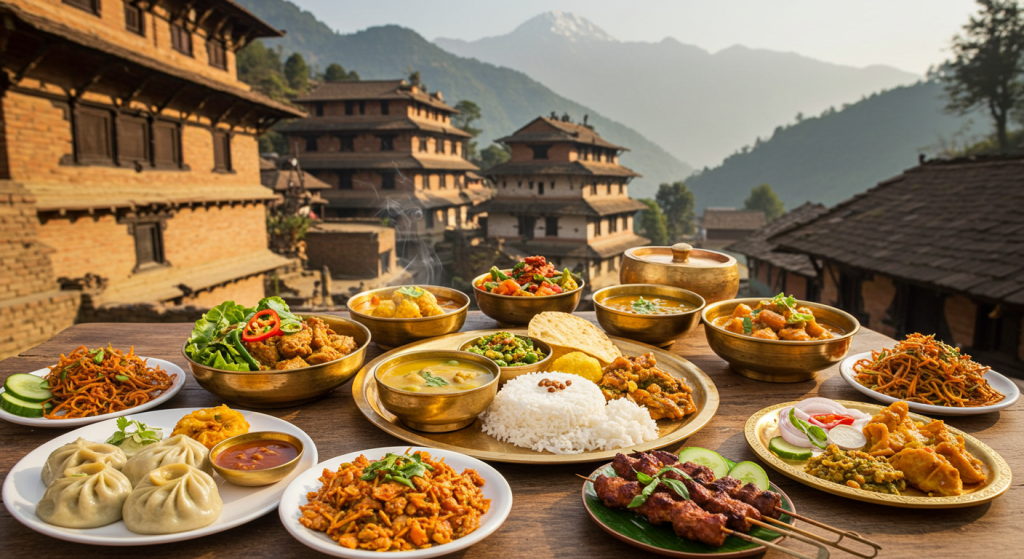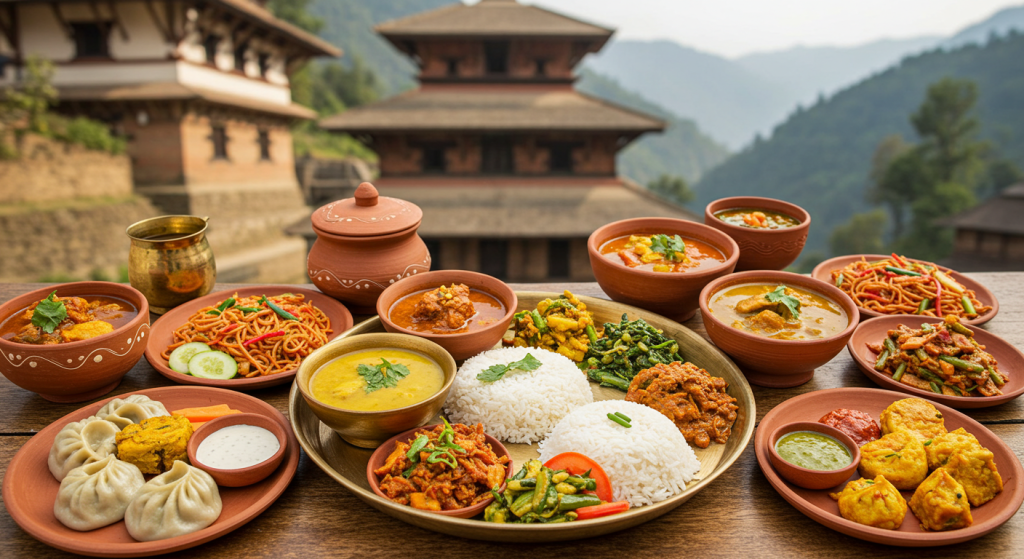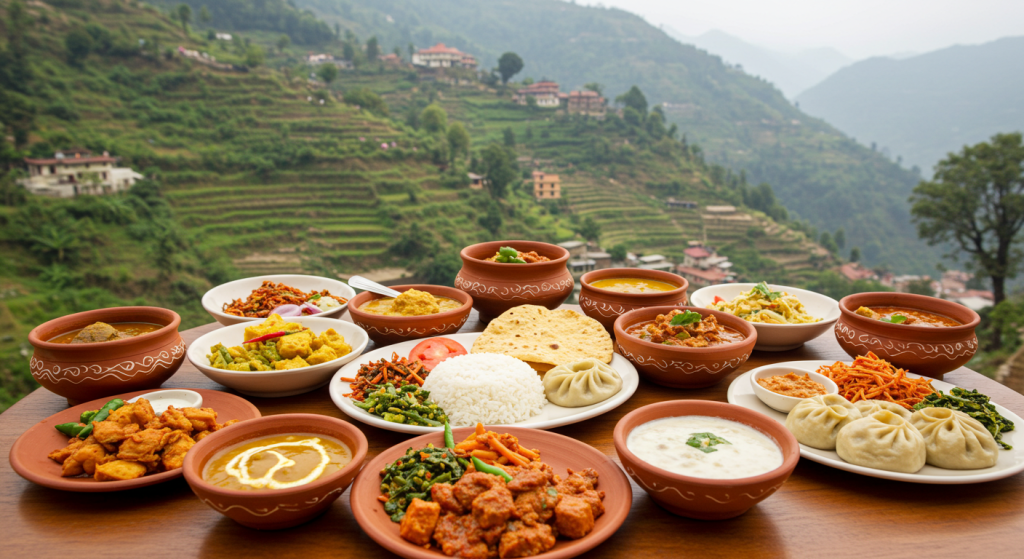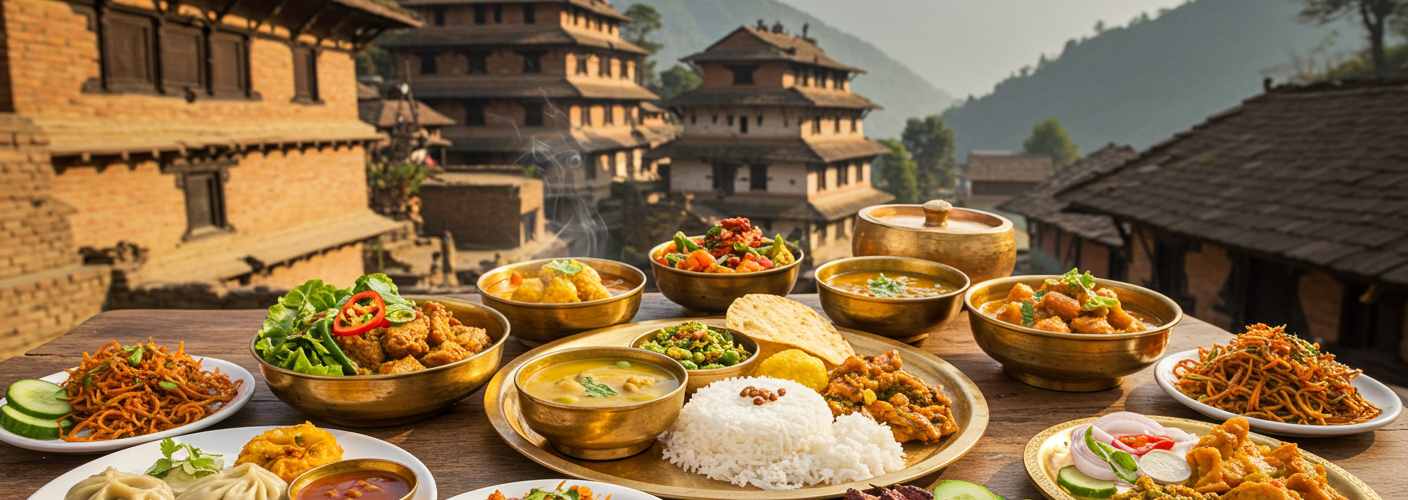


Nepal, nestled in the heart of the Himalayas, is a country famed for its breathtaking landscapes and rich cultural heritage. However, what many do not realize is that it also boasts a diverse and vibrant culinary scene. All Nepal food encapsulates this variety, highlighting the unique flavors and cooking techniques that reflect the country’s geography, ethnic diversity, and traditions.
Nepal’s culinary landscape is heavily influenced by its ethnic groups, with over 120 recognized communities. Each community has its own flavor profiles and cooking methods. For instance, Newars, the indigenous inhabitants of the Kathmandu Valley, are known for their intricate culinary customs. Their signature dish, Yomari, is a steamed dumpling filled with a sweet mixture of coconut and jaggery, representing the fusion of flavors that characterizes Newar cuisine.
Moving beyond the valley, we encounter the Tharu community in the Terai region, known for their simple yet flavorful dishes. Their traditional meal often includes a variety of lentils, rice, and vegetables, prepared using spices like timur (Sichuan pepper) and kurkuma (turmeric). One must-try dish from this community is Buddhi Ke Aloo, a delightful curry made with boiled potatoes and seasonal spices, encapsulating the essence of Tharu hospitality.
As we ascend into the hills, the culinary landscape transforms with the influence of the Gurkhas. Dal Bhat, the quintessential Nepali meal, is a staple across the country, featuring lentil soup (dal) served with rice (bhat) and accompanied by vegetable pickles (achar) and curries. It is a nutritious and hearty meal that signifies the communal dining culture of Nepal, often shared with family and friends.
The mountainous regions introduce us to the diet of the Sherpa community, renowned for their high-altitude cooking methods. Dishes like Momos, Nepali dumplings filled with minced meat or vegetables, are immensely popular throughout the country and have found their way into international cuisine. These delectable steamed or fried treats make for the perfect snack after a long trek in the Himalayas.
Spices and herbs play a crucial role in shaping the flavors of All Nepal food. Commonly used ingredients such as ginger, garlic, cumin, and coriander reflect the country’s agricultural abundance. The unique flavor of Sel Roti, a traditional homemade rice-based doughnut, is a testament to the natural ingredients available, providing an immensely enjoyable taste often associated with Nepali festivals.
Further enhancing the food scene is the ever-growing popularity of ethnic restaurants that serve authentic dishes to locals and travelers alike. Diverse dining experiences can be found in major cities like Kathmandu and Pokhara, where visitors can indulge in both traditional fare and contemporary twists on classic dishes.
To fully appreciate the culinary richness of Nepal, one must explore beyond the plate. Food in Nepal is not merely sustenance; it is a reflection of culture, community, and celebration. Festivals like Dashain and Tihar center around elaborate feasts, while everyday meals often feature communal cooking, highlighting the importance of sharing and hospitality in Nepali culture.
In conclusion, All Nepal food is a remarkable testament to a country’s heritage and diversity. As you journey through the various regions, take time to savor the distinct flavors and culinary traditions that each community offers. From heartwarming dal bhat to mouthwatering momos, the food of Nepal promises an unforgettable gastronomic adventure. Whether you are a seasoned traveler or someone new to the flavors of Nepal, embracing these culinary delights is an integral part of understanding the essence of this beautiful nation.




Add comment